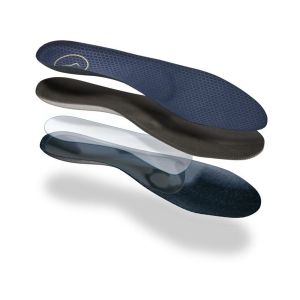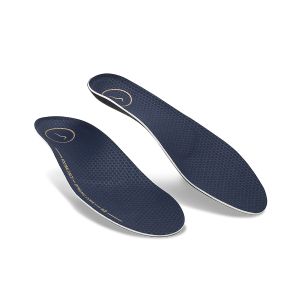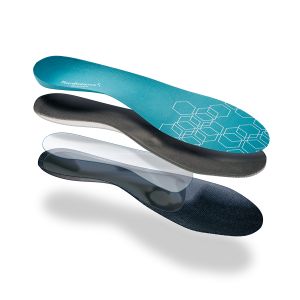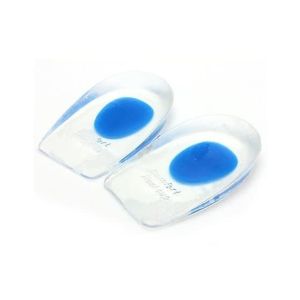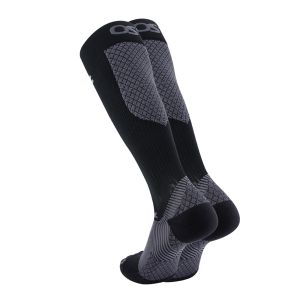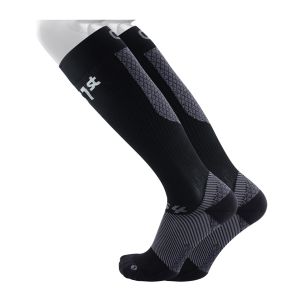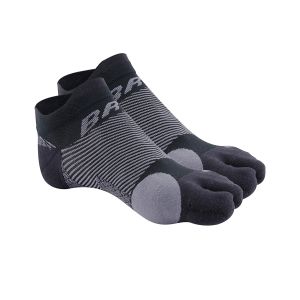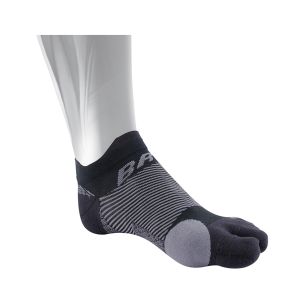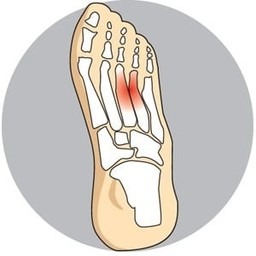
Morton’s Neuroma is a relatively common and often painful foot condition caused by the thickening or inflammation of a nerve, typically located between the third and fourth toes at the ball of the foot. This irritation is usually the result of repetitive stress, pressure, or compression of the nerve—often exacerbated by tight footwear, high heels, or activities that involve frequent forefoot motion. Individuals with Morton’s Neuroma often describe the sensation as sharp, burning pain, sometimes accompanied by tingling, numbness, or the feeling of “walking on a pebble.” In more advanced cases, symptoms may extend to cramping or even temporary loss of sensation in the forefoot. Early intervention, such as switching to wider shoes, using orthotics, or undergoing physical therapy, can significantly reduce discomfort and prevent the condition from worsening.
Causes
Morton’s Neuroma is a foot condition caused from an abnormal function of the foot that leads to bones squeezing a nerve usually between the 3rd and 4th metatarsal heads. Symptoms of Morton’s Neuroma often occur during or after you have been placing significant pressure on the forefoot area, while walking, standing, jumping, or sprinting. This condition can also be caused by footwear selection. Footwear with pointed toes and/or high heels can often lead to a neuroma. Constricting shoes can pinch the nerve between the toes, causing discomfort and extreme pain.
Solutions
The first step in treating Morton’s Neuroma is to select proper footwear. Footwear with a high and wide toe box (toe area) is ideal for treating and relieving the pain. The next step in treatment is to use an orthotic combined with a metatarsal dome. This is placed behind the ball-of-the-foot to unload pressure, and relieves the pain caused by the neuroma.






